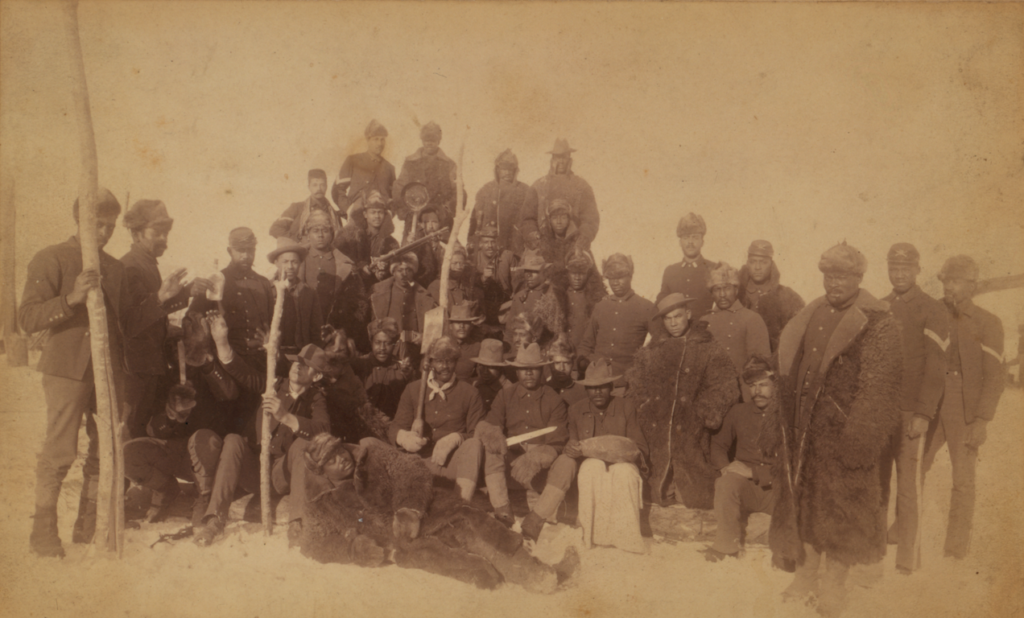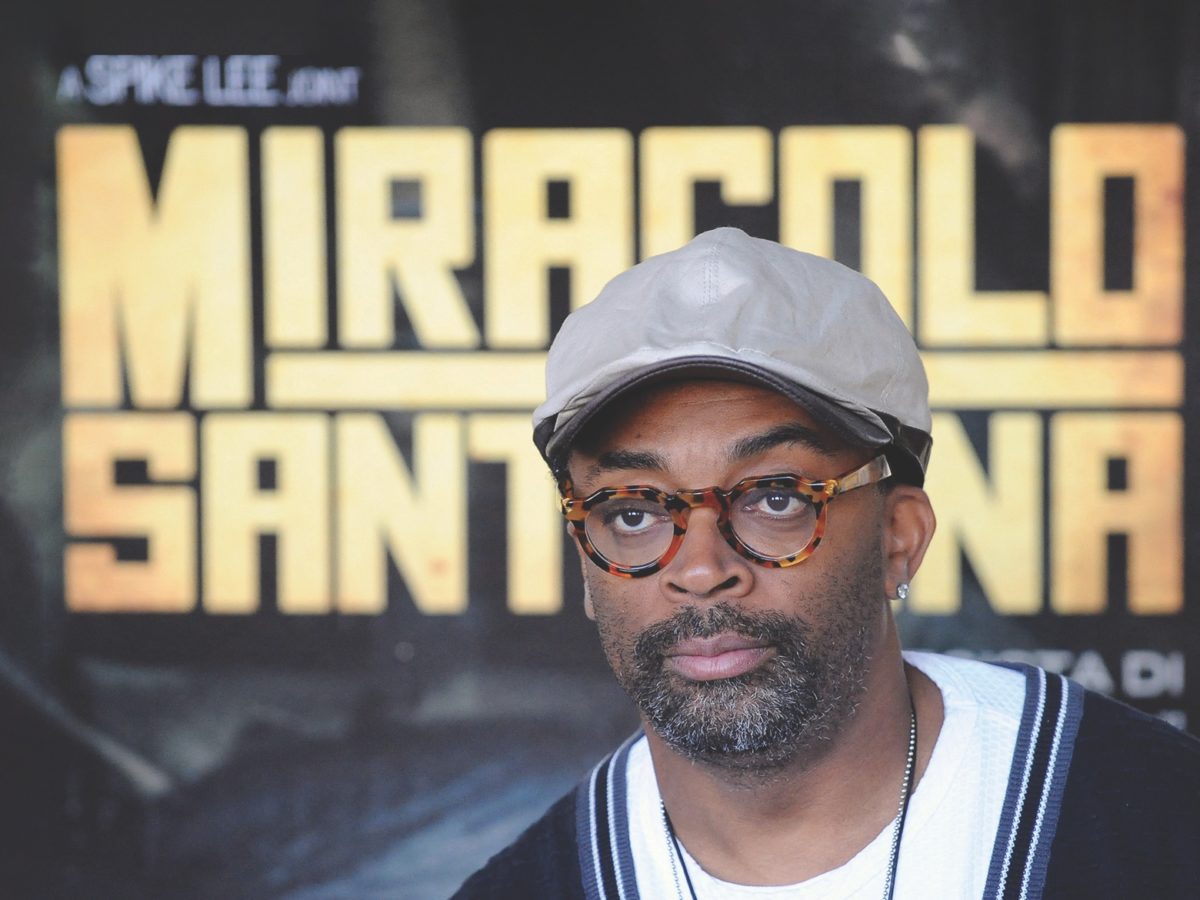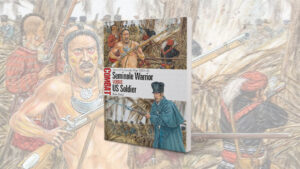African-Americans have fought in the United States’ wars since the Revolution, and during the Civil War they comprised over 10 percent of Union Army troops and 16 percent of Union Navy sailors. Yet the first peacetime African-American U.S. Regular Army units were not created until 1866.
Recommended for you
That year, as part of a U.S. Army reorganization following the Civil War, Congress created six Regular Army regiments of African-American Soldiers: 9th and 10th cavalry regiments; and 38th, 39th, 40th and 41st infantry regiments. In 1869, the four infantry regiments were consolidated into two units and redesignated 24th and 25th infantry regiments. In the racially segregated U.S. Army (until 1948), these units of black troops were primarily commanded by white officers. Beginning around 1880, African-American officers were also assigned to Buffalo Soldier units.
The nickname Buffalo Soldiers originated during the regiments’ initial service in the Frontier Army in campaigns against Native American tribes. Likely, the title was first bestowed upon 10th Cavalry troopers as a term of respect by Cheyenne warriors in early 1867. Eventually, however, the name Buffalo Soldiers was extended to denote all troops in the four African-American cavalry and infantry regiments.
Although Buffalo Soldiers fought in the Spanish-American War, Philippine-American War, Mexican Punitive Expedition, World War II and the Korean War, they are most closely associated with their extensive service throughout the Western frontier in the Indian Wars. They operated over vast areas of the Great Plains and the Southwest, from northern Montana to the Mexican border, and they campaigned against Indian tribes mounting the fiercest resistance against the U.S. Army, including the Sioux, Cheyenne, Comanche, Kiowa, Ute and Apache.
Combat during the Indian Wars typically consisted of sharp, small unit engagements in which courage and initiative were the keys to success. It is therefore a tribute to the Buffalo Soldiers’ bravery, tactical skill and fighting prowess that 13 enlisted Soldiers and six officers were awarded the Medal of Honor for their actions in Indian Wars battles.
Notable U.S. Army officers who led Buffalo Soldiers included Benjamin H. Grierson; Ranald S. Mackenzie; John J. Pershing; Henry O. Flipper, the first African-American graduate of West Point; and Charles Young, the third African-American graduate of West Point and the first African-American promoted to the rank of colonel.
Today, the U.S. Army’s 24th Infantry Regiment and 9th and 10th cavalry regiments are still active duty organizations. While Soldiers of all races now serve in these units, they proudly claim the regiments’ famous Buffalo Soldier heritage.
Jerry D. Morelock, PhD, “Armchair General” Editor in Chief
Originally published in the May 2014 issue of Armchair General.







